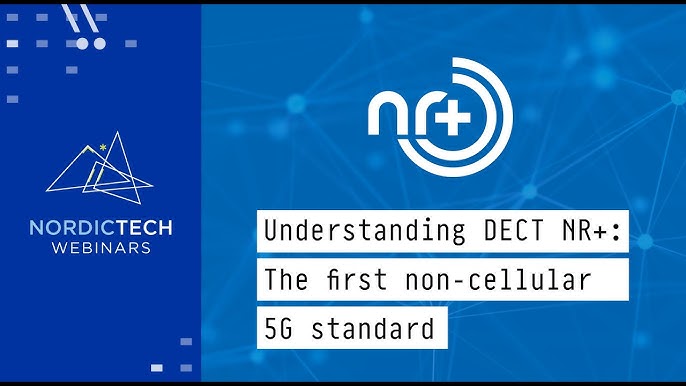Introduction to 5G NR PHY: Physical Layer Functions and Features
telcomatraining.com – The 5G New Radio (NR) Physical Layer (PHY) is a crucial component of the 5G wireless communication system, responsible for enabling high-speed, low-latency, and reliable data transmission. It serves as the interface between the hardware (radio frequency equipment) and higher layers of the network. The physical layer plays a pivotal role in managing radio resources, signal processing, and error correction, ensuring efficient wireless communication.
Key Functions of the 5G NR Physical Layer
1. Channel Coding and Modulation
The 5G NR PHY layer employs advanced channel coding and modulation schemes to enhance spectral efficiency and reliability. It utilizes:
- LDPC (Low-Density Parity Check) codes for data channels, offering improved error correction capabilities.
- Polar codes for control channels, optimizing performance in low-SNR (Signal-to-Noise Ratio) conditions.
- Modulation schemes such as QPSK, 16-QAM, 64-QAM, and 256-QAM, allowing flexibility based on channel conditions.
2. Multiple Access Techniques
Unlike LTE, which relies solely on Orthogonal Frequency-Division Multiple Access (OFDMA), 5G NR introduces Flexible OFDM-based multiple access with:
- CP-OFDM (Cyclic Prefix OFDM) for downlink and uplink, ensuring robust signal integrity.
- DFT-s-OFDM (Discrete Fourier Transform Spread OFDM) for uplink transmissions, reducing power consumption for mobile devices.
3. Massive MIMO and Beamforming
5G NR PHY leverages Massive Multiple Input Multiple Output (MIMO) technology, significantly enhancing network capacity and coverage. It uses:
- Beamforming to focus energy toward specific users, improving signal strength and reducing interference.
- Spatial multiplexing, allowing multiple data streams over the same frequency band, boosting throughput.
4. Dynamic Spectrum Sharing (DSS)
To support seamless 4G-5G coexistence, Dynamic Spectrum Sharing (DSS) enables:
- Efficient use of existing LTE bands for 5G NR without dedicated spectrum.
- Flexible resource allocation between LTE and 5G, optimizing spectral efficiency.
5. Flexible Numerology and Frame Structure
5G NR introduces scalable numerology, defined by the subcarrier spacing (∆f):
- 15 kHz, 30 kHz, 60 kHz, 120 kHz, and 240 kHz, enabling adaptability across diverse use cases.
- Self-contained slot structure, allowing mixed uplink and downlink transmissions within a single slot, reducing latency.
6. Low-Latency and High Reliability Features
The PHY layer in 5G NR supports Ultra-Reliable Low-Latency Communication (URLLC) with:
- Mini-slots for rapid data transmission.
- Short Transmission Time Interval (TTI), reducing latency to sub-millisecond levels.
- Grant-free uplink access, minimizing scheduling delays.
Key Features of 5G NR PHY
1. Wide Spectrum Band Support
5G NR operates across diverse frequency bands:
- Sub-6 GHz (FR1) for broad coverage and mobility.
- mmWave (FR2) for ultra-high-speed data transmission in dense urban areas.
2. Carrier Aggregation and Bandwidth Expansion
5G NR allows carrier aggregation up to 100 MHz per carrier in sub-6 GHz and 400 MHz per carrier in mmWave, enhancing data rates.
3. Network Slicing
PHY layer capabilities support network slicing, enabling customized performance per application (e.g., IoT, enhanced mobile broadband, URLLC).
Conclusion
The 5G NR Physical Layer introduces groundbreaking innovations in wireless communication, enhancing speed, reliability, and spectral efficiency. Its flexible numerology, advanced modulation, beamforming, and low-latency features position it as a cornerstone of next-generation networks, enabling diverse applications across industries. As 5G deployment expands, the evolution of PHY technologies will continue to shape the future of connectivity.







